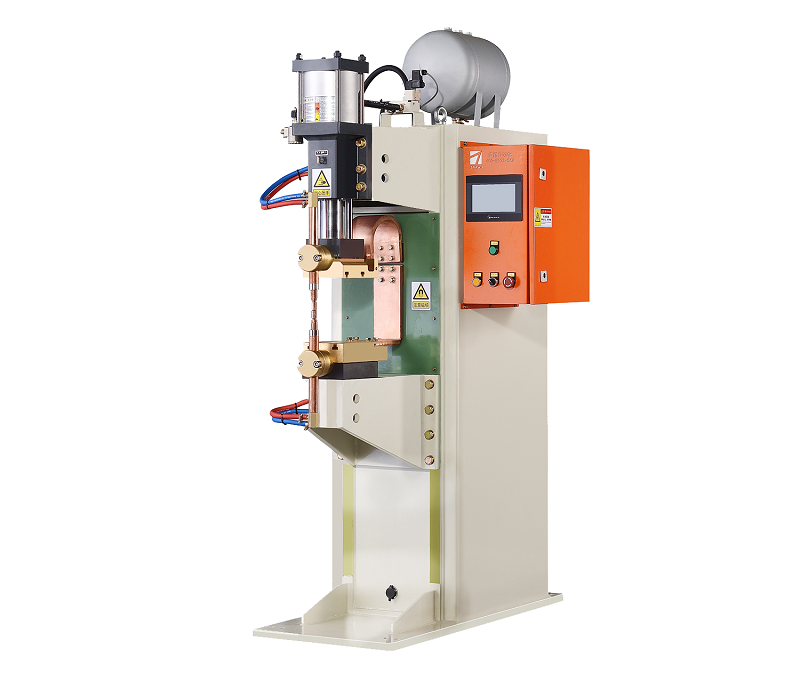How to Ensure Welding Quality of Medium Frequency Spot Welding Machine?
Medium frequency spot welding machines are widely used in various industries for their efficiency and precision in joining metal components. Ensuring high welding quality is essential to maintain the structural integrity and functionality of the welded products. This article explores key strategies and practices to guarantee the welding quality of medium frequency spot welding machines.

1. Proper Machine Setup: To achieve consistent and high-quality welds, it’s crucial to set up the welding machine correctly. This includes calibrating the machine’s parameters such as current, voltage, and welding time according to the specific materials being welded. Ensuring that the machine’s electrodes are clean, properly aligned, and adequately cooled is essential for optimal performance.
2. Material Selection: Selecting the right materials for welding plays a significant role in the overall quality of the weld. The chosen materials should have compatible metallurgical properties and should be well-suited for the welding process. Using materials with inconsistent or poor-quality properties can lead to weak welds and compromised durability.
3. Electrode Maintenance: Electrodes are critical components of the spot welding process. Regular maintenance, such as cleaning and dressing, helps to prevent electrode degradation and ensures consistent contact with the materials. Damaged or worn-out electrodes can result in uneven welds and increased electrical resistance.
4. Process Monitoring: Implementing a robust process monitoring system helps detect any deviations in the welding parameters during the operation. Real-time monitoring of current, voltage, and other relevant factors allows for immediate intervention in case of anomalies, thereby preventing defective welds from occurring.
5. Quality Control Testing: Conducting regular quality control tests on sample welds is essential to verify the integrity of the welding process. Various non-destructive testing methods, such as visual inspection, ultrasonic testing, and X-ray examination, can be employed to identify any potential defects within the welds.
6. Operator Training: Skilled and knowledgeable operators are key to maintaining welding quality. Providing comprehensive training to operators ensures that they understand the machine’s operation, welding parameters, and troubleshooting techniques. A well-trained operator can make informed decisions during the welding process to optimize quality.
7. Maintenance Schedule: Regular maintenance of the welding machine is necessary to prevent wear and tear. Scheduled inspections, cleaning, and replacement of worn-out components help in keeping the machine in optimal condition, reducing the chances of unexpected breakdowns that can lead to poor weld quality.
Maintaining the welding quality of medium frequency spot welding machines requires a holistic approach that encompasses machine setup, material selection, electrode maintenance, process monitoring, quality control testing, operator training, and a diligent maintenance schedule. By following these practices, industries can ensure that the welds produced by the machine are of consistent high quality, meeting the required standards and contributing to the overall reliability of the products.